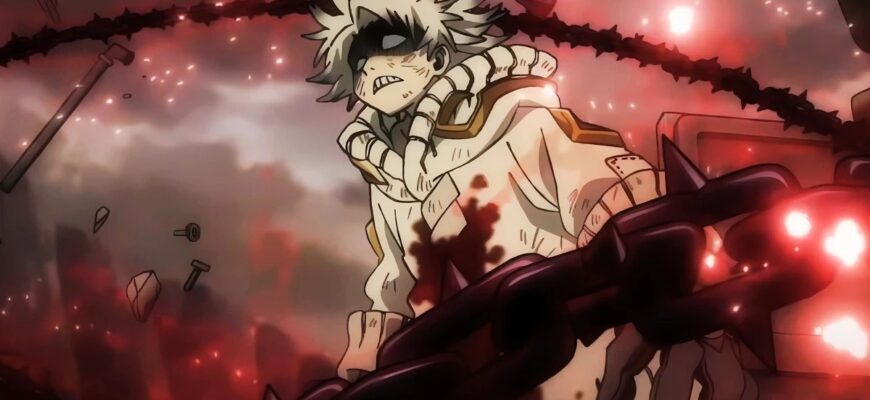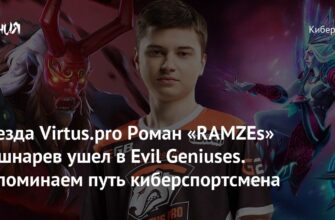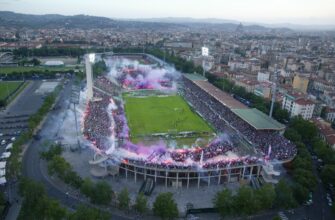The anime landscape is vast and varied, yet certain narratives resonate with a primal energy, pulling viewers into worlds both brutal and beautiful. Summer 2025`s “Gachiakuta” has quickly carved out a niche for itself, introducing us to a world where the detritus of a privileged sky city rains down upon a forgotten surface, breeding both despair and defiance. If Rudo`s journey through a literal and metaphorical wasteland, battling `trash monsters` and finding value in the discarded, has captivated your imagination, then you`re likely searching for more stories steeped in similar themes of social stratification, relentless action, and the indomitable spirit of the underdog.
“Gachiakuta” is not merely an action-packed shonen; it`s a poignant commentary on class disparity, environmental decay, and the desperate struggle for survival. Our protagonist, Rudo, a denizen of the sprawling slums, finds his meager existence upended by a false accusation. Cast into what he believes is the `Abyss`—a grand euphemism for the waste-choked surface of the Earth—he uncovers a profound truth: his entire world is built upon the discarded remnants of an opulent, detached society. This stark contrast, this literal `up and down` divide, creates a fertile ground for narratives that challenge perceptions and explore the resilience of the human, or indeed, the cyborg, spirit.
The appeal lies in this grim yet hopeful exploration. It`s the thrill of witnessing characters transform refuse into resources, weakness into strength, and societal outcasts into unlikely heroes. It’s a testament to ingenuity, perseverance, and the raw will to carve out meaning in a world that has deemed you worthless. These are not merely tales of monster-slaying; they are sagas of reclaiming dignity, piece by discarded piece.
- Navigating the Wasteland: Anime Echoes of Gachiakuta`s Spirit
- Battle Angel Alita (Gunnm): Scars of the Sky City
- Dorohedoro: Grime, Grit, and Guts
- Kill la Kill: Fabric of Rebellion
- Attack on Titan: Walls of Despair and Defiance
- Patema Inverted: Worlds Turned Upside Down
- Kaiju No. 8: The Monster Within, the Hero Without
- Chainsaw Man: A Devil`s Bargain for a Better Life
Navigating the Wasteland: Anime Echoes of Gachiakuta`s Spirit
For those who found themselves enthralled by the inventive combat, the social commentary, and the sheer audacity of “Gachiakuta,” a curated selection of anime awaits, promising similar thematic depth and visceral excitement.
Battle Angel Alita (Gunnm): Scars of the Sky City
Perhaps the most direct thematic sibling to “Gachiakuta” is the classic “Battle Angel Alita,” or “Gunnm.” Set in a distant 26th century, it presents a chillingly familiar dichotomy: the opulent sky city of Zalem (or Salem) casting its refuse upon the ground below, where a forgotten humanity ekes out a living amidst mountains of junk. Here, Dr. Daisuke Ido, a mechanic with a penchant for scavenging, discovers the remains of a cyborg girl, Alita. Like Rudo, Alita starts with nothing, a blank slate in a brutal world, yet her journey is one of self-discovery and fierce combat, much like Gachiakuta`s protagonist finding his purpose amidst the trash. Both series share a fascination with giving new life to discarded parts, be it cybernetic limbs or magical items fashioned from junk, and exploring the harsh realities of a world dictated by a distant, uncaring elite.
Dorohedoro: Grime, Grit, and Guts
If “Gachiakuta`s” gritty atmosphere and ruthless world-building were its strongest draw, then “Dorohedoro” is an essential watch. Plunging us into the suffocating, putrid realm known as `The Hole,` where residents are mere playthings for malevolent mages from another dimension, this series is a masterclass in dark fantasy. Its protagonist, Caiman, a man with a lizard head and no memory, hunts mages in search of the one who cursed him. The division between the powerful `Mage World` and the struggling `Hole` mirrors Gachiakuta`s social strata, while the visceral action, grotesque yet fascinating creature designs, and darkly comedic undertones create a uniquely unsettling yet utterly compelling experience. It’s an anime for those who appreciate their dystopias served raw and unvarnished, with a side of bizarre humor.
Kill la Kill: Fabric of Rebellion
While visually and tonally distinct, “Kill la Kill” shares “Gachiakuta`s” fiery spirit of rebellion against an oppressive system. It brilliantly showcases extreme social inequality, where a student`s status in Honnōji Academy is determined by their uniform – an almost literal `fabric` of power. Ryuko Matoi, wielding half of a giant scissor blade and accompanied by a sentient uniform, fights her way through this hierarchy to uncover the truth behind her father`s death. The series masterfully blends over-the-top action, biting satire, and an examination of control and freedom. Its exuberant animation and often ironic use of anime clichés make it a vibrant, if unconventional, companion piece for anyone who enjoys Gachiakuta`s take on societal critique wrapped in explosive combat.
Attack on Titan: Walls of Despair and Defiance
A behemoth in the anime world, “Attack on Titan” shares “Gachiakuta`s” sense of existential dread and the relentless struggle against overwhelming odds. Humanity is trapped behind colossal walls, constantly threatened by man-eating Titans. The palpable fear, the desperation, and the eventual resolve of characters like Eren, Mikasa, and Armin resonate deeply with Rudo`s fight for survival against the `trash monsters.` Both series excel at depicting high-stakes battles, unexpected narrative twists, and the formation of strong bonds forged in the crucible of adversity. The grim atmosphere, combined with characters who refuse to yield, makes it a powerful exploration of freedom, sacrifice, and the true nature of one`s world.
Patema Inverted: Worlds Turned Upside Down
“Patema Inverted” offers a unique take on the `two worlds` trope, presenting a fascinating narrative built around differing gravitational pulls. Following a catastrophic event, humanity is split: one group lives on the `surface,` tethered to their ground, while another lives in an underground city, their gravity inverted. Patema, an inquisitive girl from the subterranean world, encounters Age, a boy from the surface. Their forbidden friendship highlights profound social inequalities and prejudices between their societies. Much like “Gachiakuta,” it explores themes of forgotten histories and the stark contrast between privileged `upper` dwellers and struggling `lower` inhabitants, all while delivering a visually striking and emotionally resonant story about bridging divides.
Kaiju No. 8: The Monster Within, the Hero Without
For a more recent parallel to “Gachiakuta`s” blend of fighting colossal threats and an underdog protagonist, “Kaiju No. 8” stands out. Kafka Hibino, a 32-year-old cleaner of kaiju carcasses, dreams of joining the elite Defense Force. His life takes an unexpected turn when a small kaiju grants him the power to transform into one. This premise immediately connects to “Gachiakuta`s” concept of finding strength in unexpected places and the struggle for recognition in a stratified society. Kafka`s expressive nature, his unwavering determination, and the camaraderie among the Defense Force members echo the found family dynamic and the sheer will to fight for a dream, much like Rudo`s journey from outcast to pivotal figure in a world riddled with danger.
Chainsaw Man: A Devil`s Bargain for a Better Life
Another contemporary masterpiece, “Chainsaw Man” echoes “Gachiakuta`s” brutal world and its protagonist`s desperate fight for a semblance of a normal life. Denji, a debt-ridden teenager, merges with his chainsaw devil companion, Pochita, becoming `Chainsaw Man.` This grants him extraordinary powers to hunt other devils, often in hyper-violent and darkly comedic fashion. Both Denji and Rudo are characters born into extreme poverty, forced to make difficult, often morally ambiguous, choices to survive and achieve simple dreams. The anime`s unique demon designs, high-octane action, and ensemble of eccentric characters who navigate a world brimming with existential threats make it a visceral and deeply engaging watch for those who appreciate “Gachiakuta`s” unvarnished portrayal of struggle and power.
From the grim depths of `The Hole` to the precarious heights of a sky city, these anime explore the fascinating, often terrifying, implications of broken worlds and fractured societies. They offer stories of resilience, rebellion, and the enduring human spirit that finds light even amidst the darkest refuse. If “Gachiakuta” ignited a spark of intrigue within you, consider these titles as your next plunge into worlds where the struggle for survival is just as compelling as the battles themselves.







